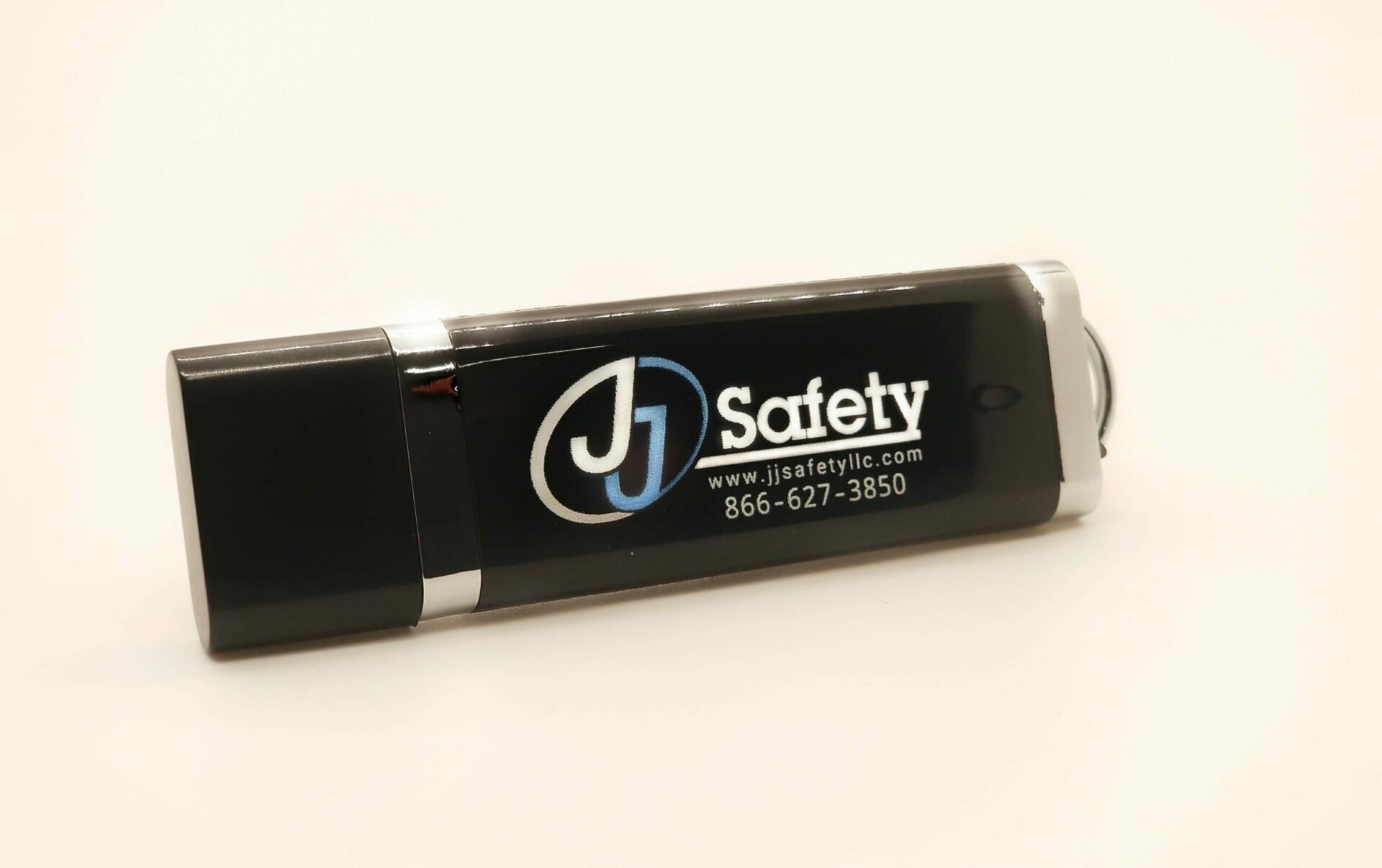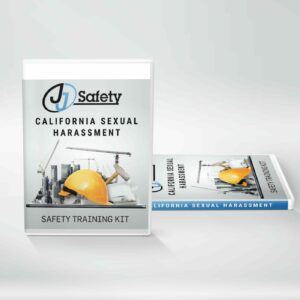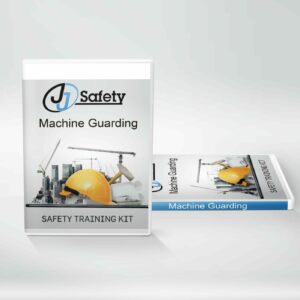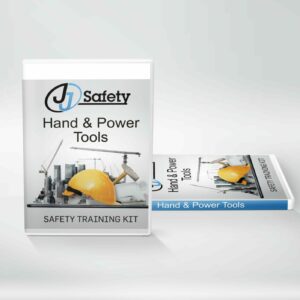OSHA Regulations:
Certification for General Duty Clause, Section 5(a)(1) of the Occupational Safety and Health Act of 1970
- 1926.20(b) – Accident Prevention Responsibilities
- 1926.21 – Safety Training and Education
- 1926.453 – Aerial Lifts
- 1926 Subpart L
- 1910 Subpart F
- 1910.67 – Vehicle-Mounted Elevating and Rotating Work Platforms
- 1910.333(c)(3) – Work Near Overhead Lines
ANSI Standards
- A92.2-1969
- A92.20 – Equipment Design Standards for MEWPs
- A92.22 – Safe Use of MEWPs
- A92.24 – Training Requirements for MEWPs
Government Regulations:
1926.20(b) – Accident Prevention Responsibilities, 1926.21 – Safety Training and Education, 1926.453 – Aerial Lifts, 1926 Subpart L, 1910.67 – Vehicle-Mounted Elevating and Rotating Work Platforms, 1910.333(c)(3) – Work Near Overhead Lines
Who Needs this Training?
According to OSHA All employees working in these areas:
- Those who work on jobsites and may exposed to or work around Aerial lifts and MEWP’s
- Workers that may be involved in work types that require use of Aerial Lifts and MEWP’s
- Those that train or modify training exposures.
- Those that are new to the jobsite.
Dangers of Remaining Uncertified
Worksites can be very dangerous. It is important to recognize hazards.
Without proper training:
- You will not know how to use PPE
- Won’t understand the Aerial Lift/MEWP dangers
- You will not be able to work near electrical lines
- You may injure yourself and others around you
Included Topics
By the end of this course we will have covered the following topics:
Introduction-0:24
Topic 1 Introduction to Aerial lifts and MEWPs-3:48
Topic 2 Equipment Requirements and Standards-4:27
Topic 3 Safe Use of Aerial Lifts-4:52
Topic 4 Hazards associated with Aerial Lifts-1:43
Topic 5 Training Requirements-2:37
Topic 6 Before Operating Aerial Lifts Inspections -6:57
Topic 7 While Operating Aerial Lifts-8:32
Summary-0:21
Course Layout
Course format consists of video instruction, intermediate quizzes, and Final Knowledge Check
Course Duration
A minimum of 45 minutes is required to complete this course.
Recertification
When an employer has reason to believe that an affected worker does not recognize existing hazards or proper precautions at some point after the initial training, the employer is required to provide retraining for that worker, in accordance with ANSI/SIA A92.2-1969, ANSI/SIA A92.3, ANSI/SIA A92.5, ANSI/SIA A92.6., 29 CFR 1926 and 29 CFR 1910. For example, workers must be retrained when:
- Changes in the workplace render previous training obsolete.
- Incidents occur on site.
- Inadequacies in workers’ knowledge or hazard precautions indicate that they do not adequately understand training.
- New Aerial lifts/MEWP’s are on site
Certificate of Completion
A completion certificate is available for printing immediately upon successfully finishing the course.






Reviews
There are no reviews yet.